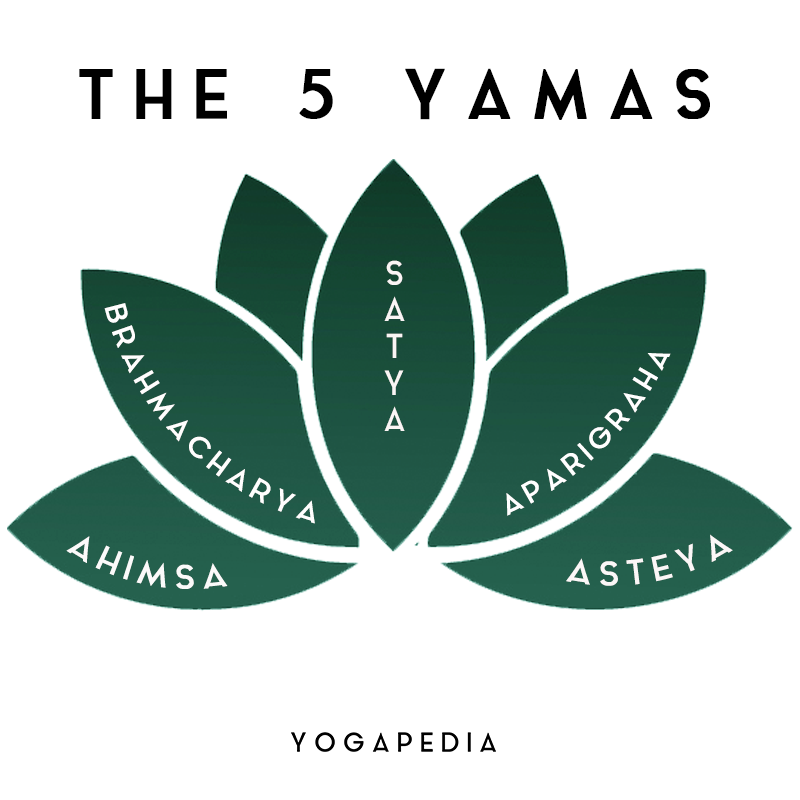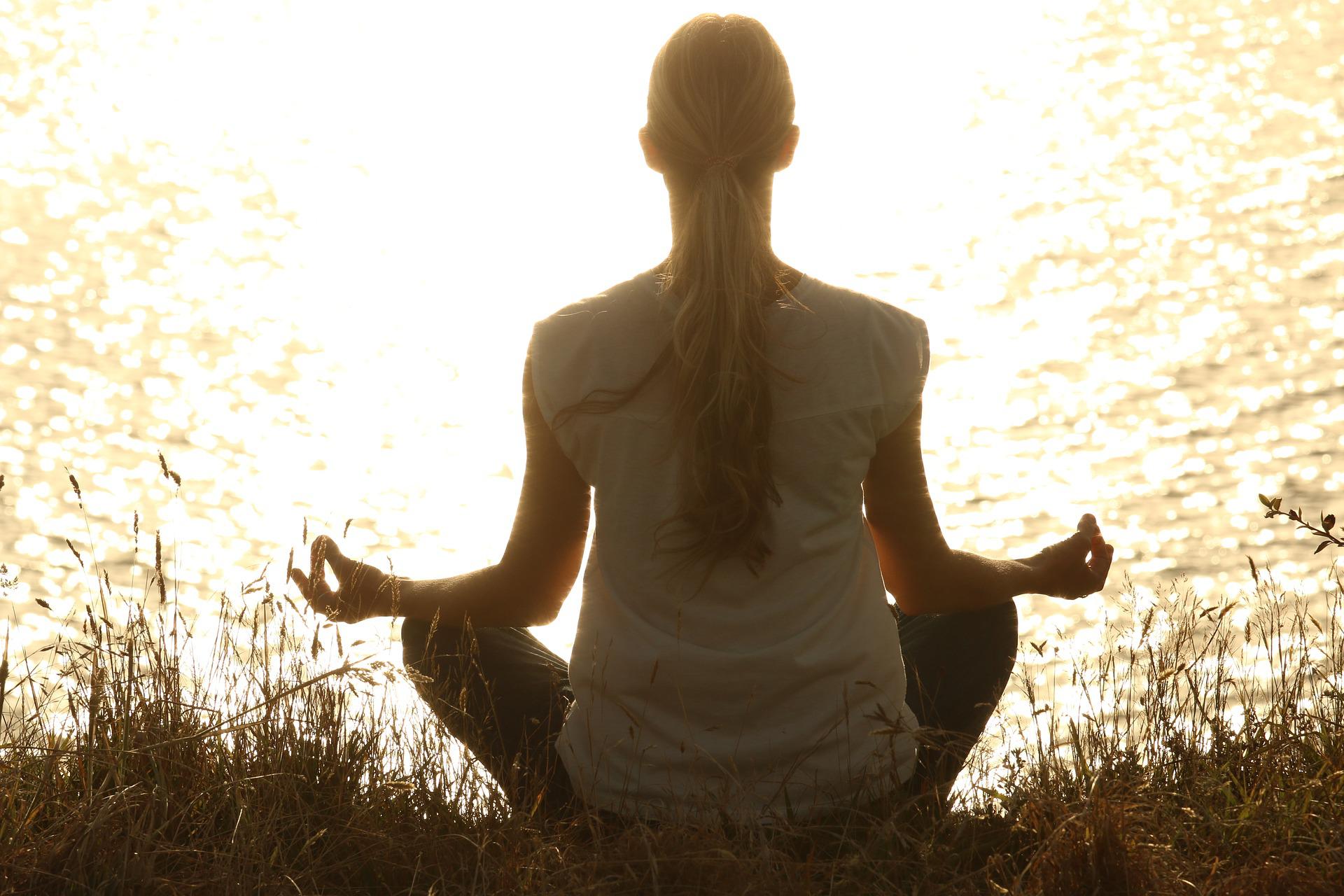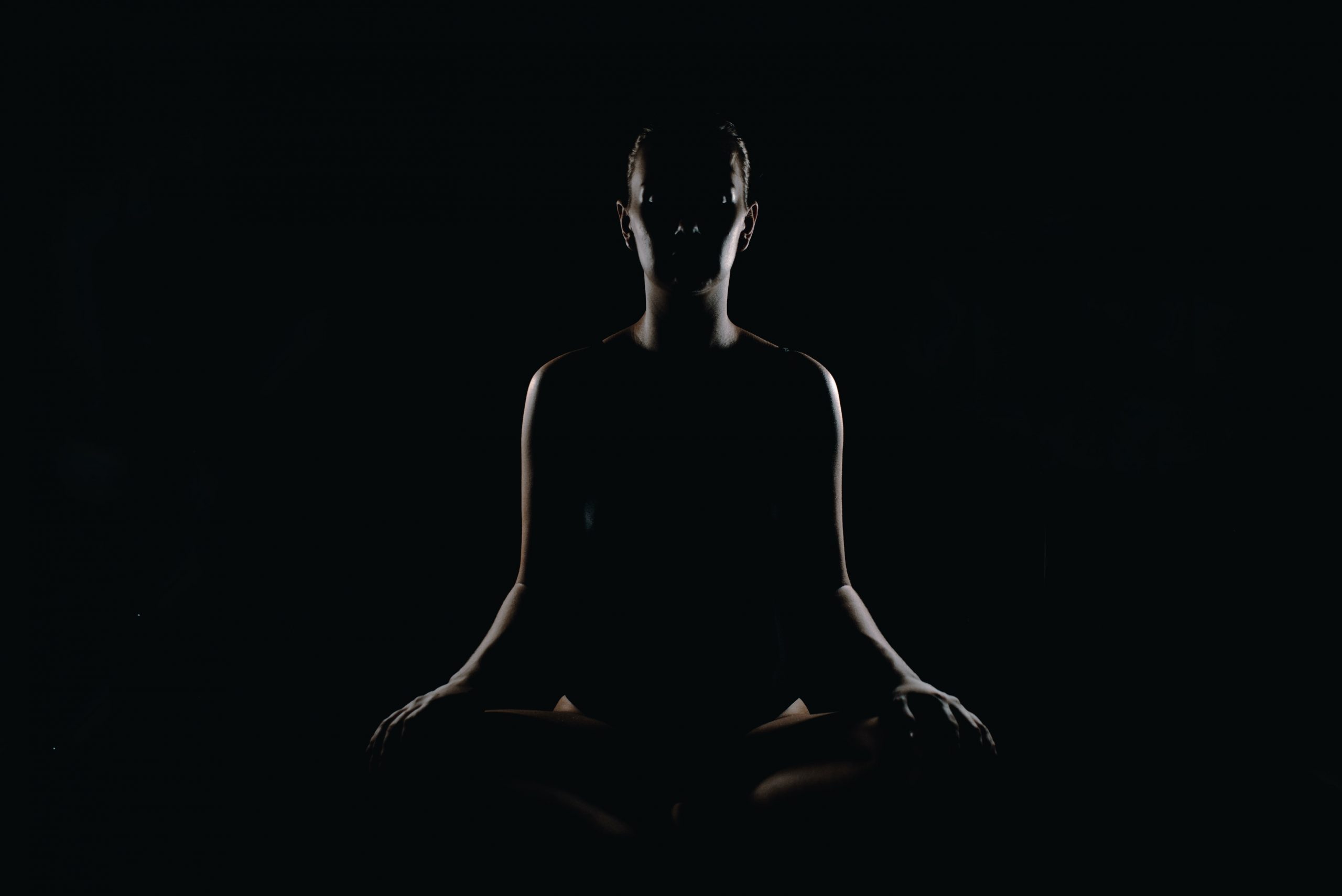Often associated with complex postures, Yoga is more than just an exercise for agility and fitness. It is a holistic philosophy that gifts us a set of tenets, which teach us how we can navigate life in a spiritually aligned way. A practice, as old as time, yoga transcends religion, culture, and language and is a reminder of the great cosmic cycle with which our life is intertwined.
The Yoga Sutras, a set of sutras (scriptures) that outline the yogic theory, written around 500 B.C, by a sage named Patanjali, define the eight limbs of yoga, which teach us different facets of how to embody yoga (unity) in the mind, body, and spirit.
The sutras have become a way to show how humans can explore spirituality, the mind, body, and the nature of infinite consciousness by mastering each step as they continue to the next one.
It begins with the Outside world
The Yamas- Social Discipline
Yoga begins with a beautifully designed ethical code, a guide on how to live our life. As per the sutras, there are five Yamas (meaning five “ethics”), each building on the next.

The first is ahimsa– the act of nonviolence against all beings. The second is satya, which means living a life filled with truth. The third is asteya, which translates to “non-stealing” to create a life of balance and to share willingly with people. The fourth is aparigraha, meaning nonattachment. This is about reducing one’s attachment to possessions. The philosophy advocates that one should have only what one needs and let go of any excess. The fifth and final Yama is brahmacharya, or balance, curtailing any excess pleasure whether it is sexual in nature, or culinary delights. It advocates exercising control over your physical desires.
The self-awareness you gain by practicing the five Yamas can help you transform negative energy and cultivate a deep, abiding sense of peace.
The Niyamas- Self-discipline
While the Yamas are ethical codes, the Niyamas are all about self-discipline.

The first is tapas, or purification through commitment. The limb advocates purifying those things inside us that we do not like through our own inner fire and drive. The second is santosha, or contentment; it is living a life you can feel content within. The third, saucha, or cleanliness; is self-explanatory. The fourth, svadhyaya, or self-study; is our search for meaning within our lives. And finally, the fifth, Ishvara pranidhana, or devotion to a higher power. And this, obviously, translates through all religions and beliefs.
The Yamas and the Niyamas come together to form a life not only worth living, but a life that is content, driven and filled with meaning. Once these codes and disciplines are in your life, you can move on to the next limb.
3. Asana ( Body Discipline)
This limb is all about the poses, or the physicality of yoga. The practice of various different postures, where the body is a temple of the spirit.

These many poses were created not only to vitalize the body but also to prepare you for the other five limbs of yoga—because when you sit down for meditation, your body needs to be ready. The asanas allow us to move and twist and turn and get all the energy balanced within our bodies so that when we do sit down, our bodies can handle the wait.
4. Pranayama (Breath Discipline)
Translated as ‘breath control’ it is a practice to recognize the connection between breath, mind, and emotions. When we’re able to make breathing a mindful practice, we’re able to invigorate our bodies with this life force and change the way that our central nervous system reacts to stress.

The original formula for breath control is a 1:4:2 ratio. Inhale (Purak, in Sanskrit) for 1 second, retain the breath in the body for4 seconds (Kumbhak, in Sanskrit) and exhale for 2 seconds (Rechak, in Sanksrit).
Advanced breath work also incorporates different bandhas (binds) in the body. If you seek to learn more about these binds, please do so with a professional yoga teacher who is well versed in this type of instruction.
5. Pratyahara ( Sense Discipline)
A state between the outside and inside world. It is the withdrawal or sensory transcendence.

The Bhagavad Gita, says our senses are likened to a boat on water. Each time the five senses are enraptured with external objects, the boat is swayed by the tumultuous waves of sense perception.
When we cut our senses off from the external world, we are able to dive within ourselves to the vast universe that lies inside.
The Inside World
6. Dharana ( Aim discipline)
The practice of concentration by slowing down the thinking process by concentrating on a single mental object.

You may choose to look at a candle, a deity statue, or another unmoving object during meditation in order to train the mind in this way. Once the mind has learned to focus during meditation, we can take this type of concentration into our daily lives.
When we are able to do a task and focus all of our energy on it, we’re able to perform it well and with care. Media today trains the mind to only focus for short stints of time, and to be constantly multitasking. It’s important to practice dharana to live in a mindful way.
7. Dhyana (Meditation)
The practice of uninterrupted flow of concentration.

This is an extension of the last; dhyana is a continuation of the concentration, but moving from a one-pointed focus to a focus on space within the mind, or getting closer and closer to emptying the mind.
8. Samadhi (Self-realisation)
The last and final limb is one we catch fleeting glimpses of throughout our lives. It is union with the Divine, that state of bliss and enlightenment reached only after lots of hard work, dedication, and effort. It is that feeling of pure light that comes just enough for this all to be worth it.

It is a sense of interconnectedness, a constant complete harmony with the universe.
Completing the Yogic Path leads us to what we all aspire to peace. To practice the 8 limbs of yoga, begin with a close examination of your life and then bring into action the practices. Put little reminders in your calendar, or schedule a time to reflect.
For it, all begins with us and now.
Banner Image by Ralf Kunze

